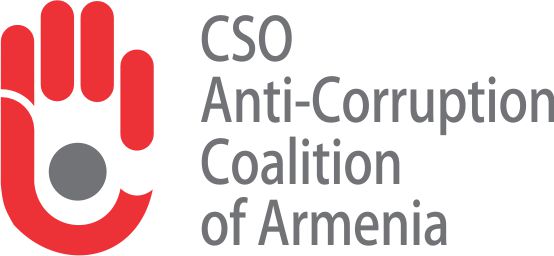Proposals on the Draft Law of the Republic of Armenia on the Fact-Finding Commission

On 26 May, 2020, the Ministry of Justice of the Republic of Armenia submitted to the Unified Website for Publications of Legal Acts’ Drafts (www.e-draft.am) for public discussion the Draft Laws on Making Amendments and Addenda to the Law of the Republic of Armenia “On the Fact-Finding Commission” and related Laws.
It should be noted that the Judicial and Legal Reform Strategy approved on 10 October, 2019, provided the need to apply transitional justice tools. Such a common tool is the Fact-Finding Commission, accepted in international practice as the Truth Commission, and in some cases, Reconciliation Commission.
According to the justifications of the draft, the establishment of the Fact-Finding Commission in the Republic of Armenia is aimed at collecting and studying the facts on fundamental and regular human rights violations, which took place from September 1991 to April 2018, which should operate in accordance with the following principles: respect for human rights, dignity, and protection, independence, objectivity, impartiality, political neutrality, collegiality, financial independence, public accountability, transparency, cooperation.
Based on the study of the draft law, the proposals of the Armenian Lawyers’ Association and CSOs Anti-Corruption Coalition of Armenia are as follows:
1․ The law does not address in any way the investigation of corruption crimes in 1991-2018. It is no secret that during those years, in general, the state-citizen disagreements and the mass violations of human rights are projected on the crimes of a corrupt nature. Moreover, the authors of this project, in the justification of the project, referred to Kenya’s experience, which emphasized the pursuit of corruption crimes committed since 1962, the independence of Kenya. From this point of view, it is necessary to fix at the level of the law the study of possible corruption crimes and schemes carried out by the Commission for the period of 1991-2018 in the Republic of Armenia.
2․ Article 24 of the law defines the procedure for forming the Commission. According to Sections 1-5 of the above, the Commission consists of 9 members, 1 of which is presented by the Government, 1 by the National Assembly, and 1 by the Human Rights Defender. The other 6 members are presented in two ways by the 3 factions of the National Assembly, and 1 of the 2 submitted nominations should be from the list of the candidates nominated by the non-governmental organizations one of the statutory goals of which is the protection of human rights.The appointment of two candidates by the parliamentary factions is not justified, but the purpose of such a settlement is to ensure the participation of non-governmental organizations.
It should be borne in mind that in the process of forming a Commission with such an important authority, based on the principle of publicity, it is necessary to increase the level of public participation. From this point of view, we propose to envisage the nomination of a candidate for a member of the Commission by the Public Council – a body with a constitutional status, authorized to represent the interests of different segments of the society in the development and implementation of the policy.
Not forgetting the professionalism and competent suitability of the body, we propose that the Chamber of Advocates of the Republic of Armenia also nominate a candidate for membership in the Commission.
We propose to make these two changes at the expense of the 1 candidate to be nominated by the parliamentary factions, proposing that each of the parliamentary factions present one candidate from the list of candidates nominated by non-governmental organizations one of the statutory goals of which is the protection of human rights.. In order to increase the involvement of non-governmental organizations, it is recommended that candidates nominated by the Public Council and the Chamber of Advocates be re-elected from the lists proposed by non-governmental organizations, one of the statutory goals of which is the protection of human rights.
The proposed composition of the Commission is as follows: Government, Human Rights Defender, National Assembly – 1 candidate from each, three parliamentary factions – 1 candidate from each, Public Council, Chamber of Advocates – 1 candidate from each. The total number of members is 8. The Armenian Lawyers’ Association believes that there is no need to uphold the nine-member principle and artificially envisage another candidate, as there are well-known examples around the world where there are Reconciliation Commission with an even number of members for example, Chile’s Commission that have 10 members.
3․ Part 6 (points a-f) of Article 36 of the Law defines the scope of the conclusions and proposals of the Fact-Finding Commission. In other words, an exhaustive list of areas is defined, on which the Commission can draw conclusions and make proposals. We think it is more effective to abandon the exhaustive list and add the point (f) of Article 36, part 6, with the phrase “and so on.”
This is due to the fact that various studies of the Commission may lead to the need to submit various proposals, and at the moment such an exhaustive list of the law will become an obstacle to the Commission’s unimpeded drafting of conclusions and proposals.
